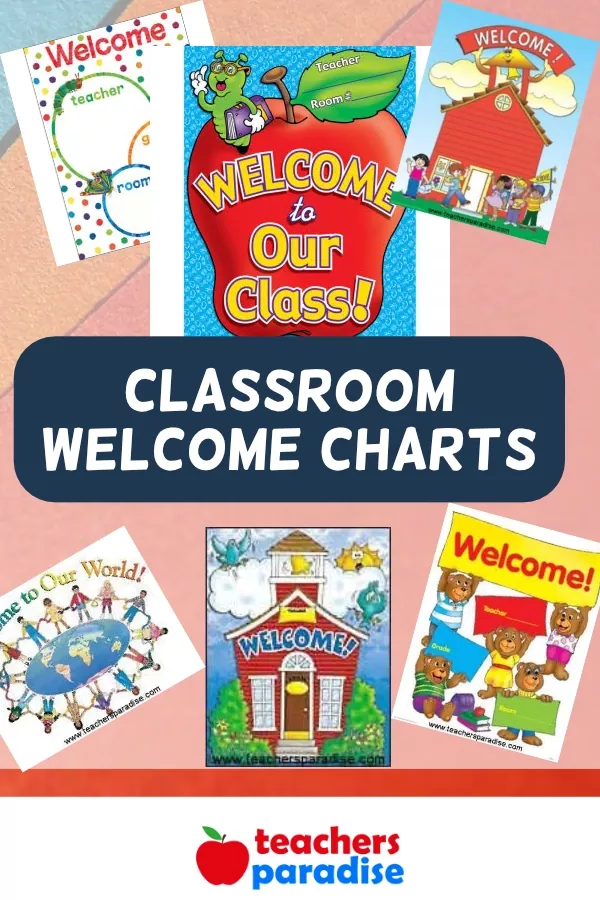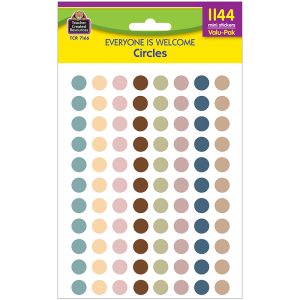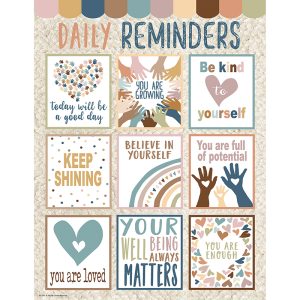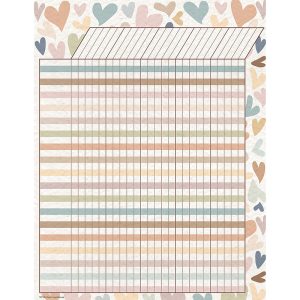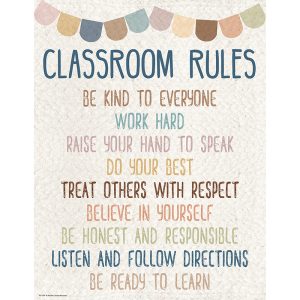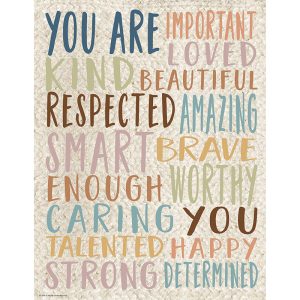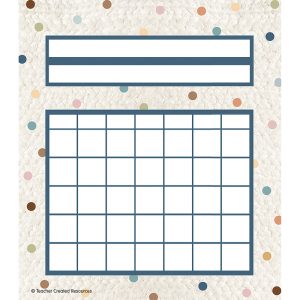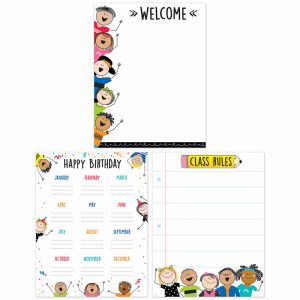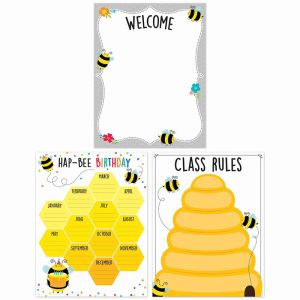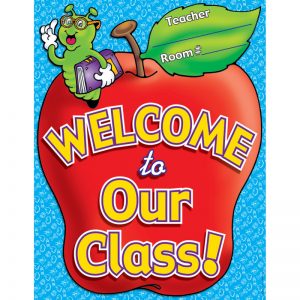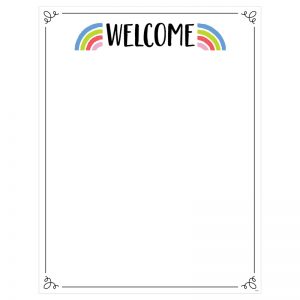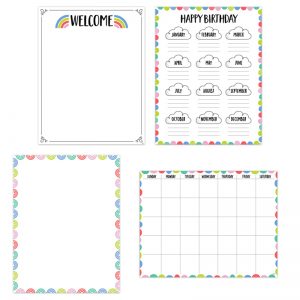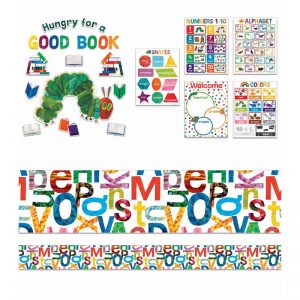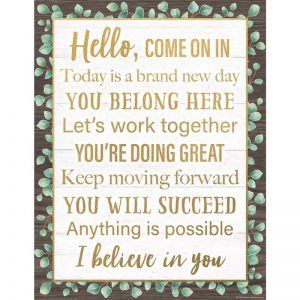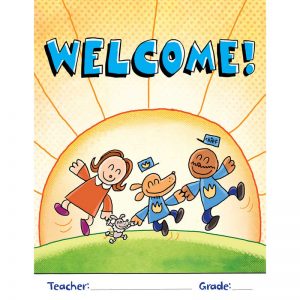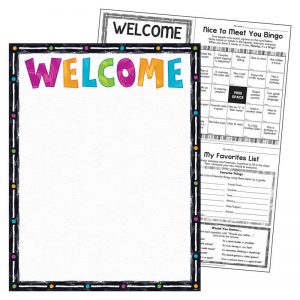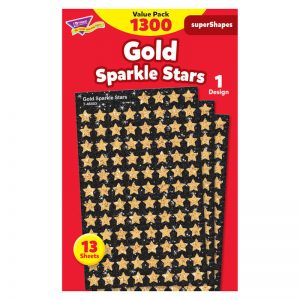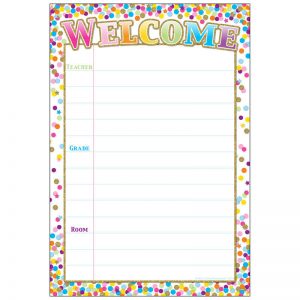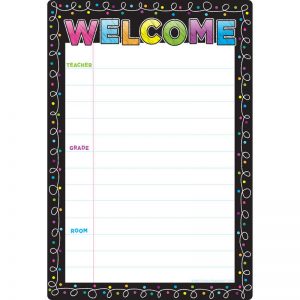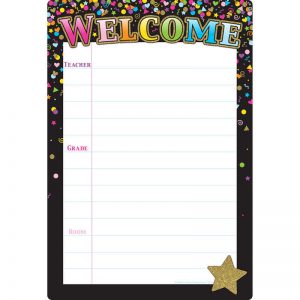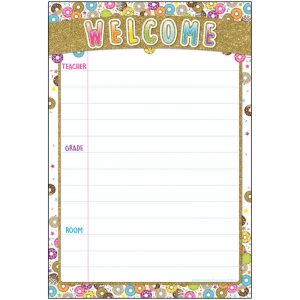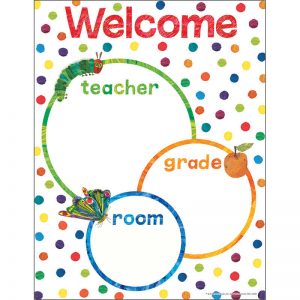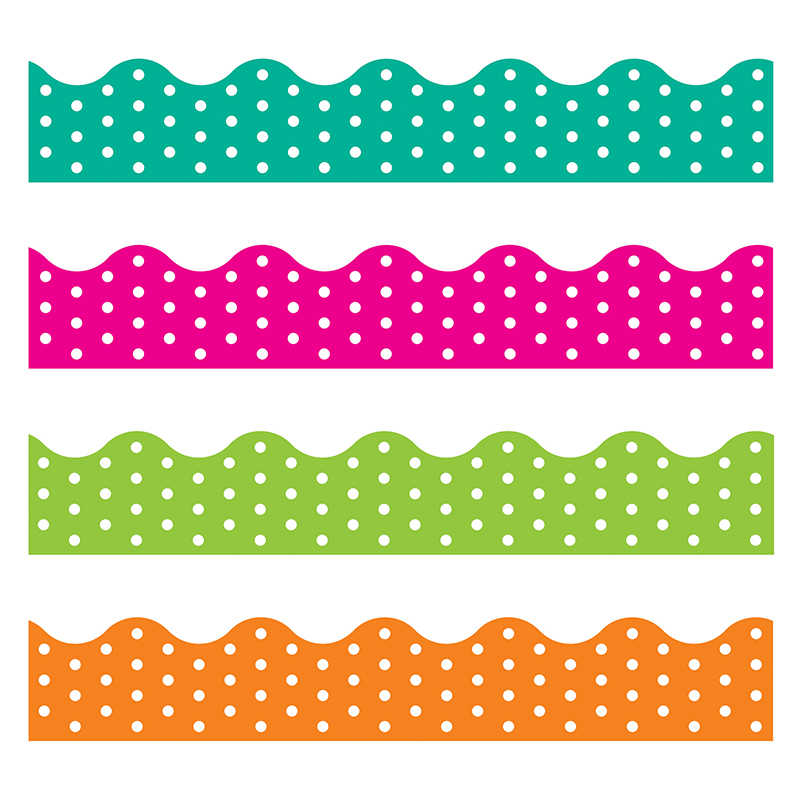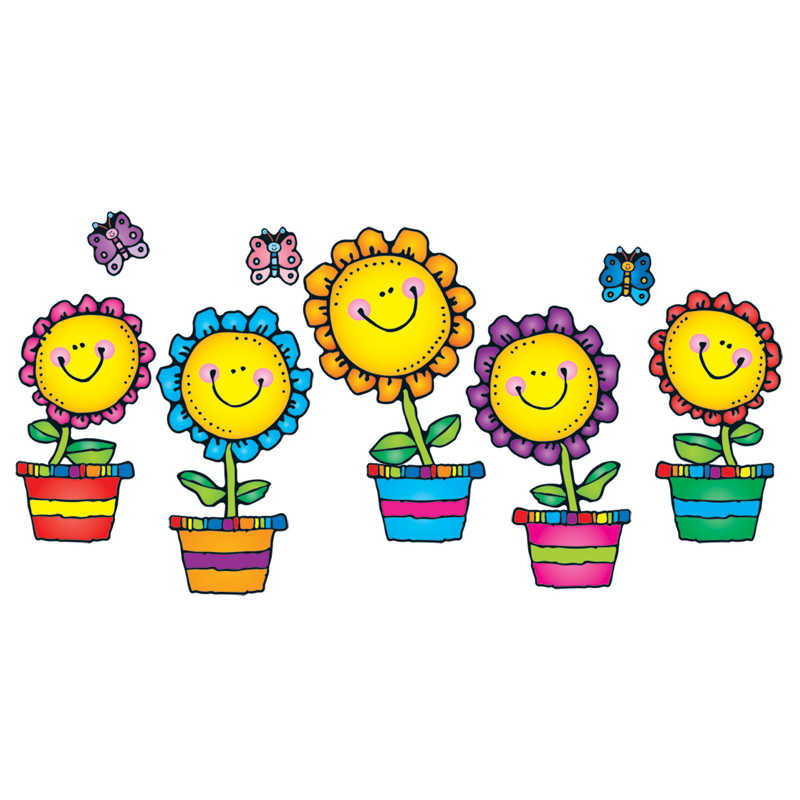A good welcome chart for a classroom should be inviting, visually appealing, and informative. Here are some elements that can make a welcome chart effective:
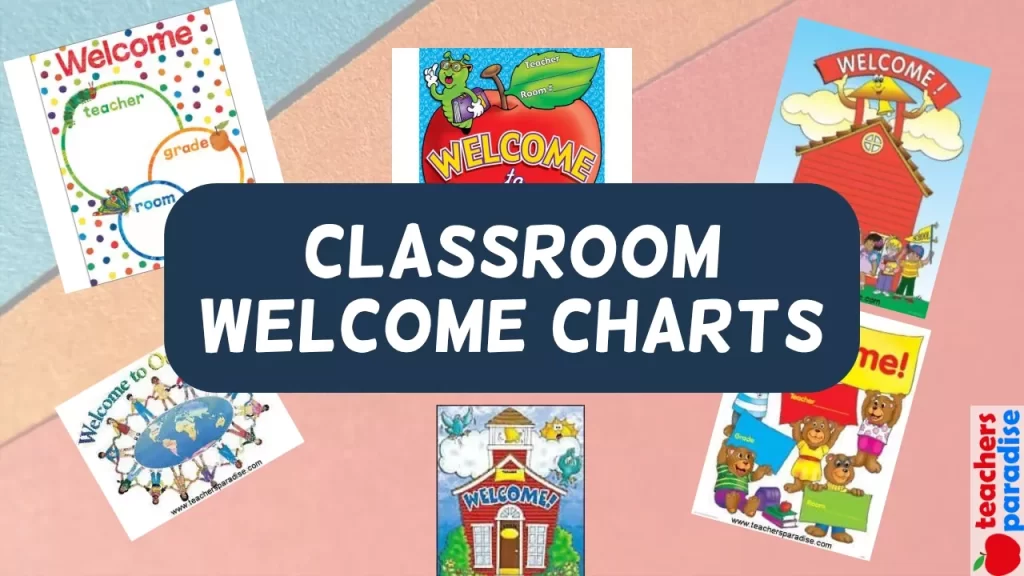
- Warm and Friendly Greeting: Start the chart with a warm and friendly message that welcomes students to the classroom. Use positive language and a welcoming tone to create a positive atmosphere when students enter the room.
- Personalized Touch: Include elements that reflect the unique characteristics of your classroom and students. For example, you can incorporate student names, photographs, or drawings to make it more personal and engaging.
- Colorful and Eye-Catching Design: Use vibrant colors and visually appealing graphics to make the chart stand out. This will capture students’ attention and make the welcome chart visually stimulating.
- Clear Organization: Organize the information on the chart clearly and logically. Use headings, subheadings, and bullet points to categorize the different sections. This will make it easier for students to find the information they need.
- Important Information: Include essential information that students may need to know, such as the daily schedule, classroom rules, important dates, and procedures. Ensure the information is clear and concise, using simple language that is easy for students to understand.
- Interactive Elements: Incorporate interactive elements into the chart to encourage student engagement. For example, you can include areas where students can write their names, answer questions, or leave comments. This will make the chart more interactive and involve students in welcoming.
- Display Student Work: Showcase student work on the welcome chart to celebrate their achievements and create a sense of pride. This can include artwork, writing samples, or other projects that students have completed.
- Use Visual Aids: Include visual aids, such as pictures, icons, or symbols, to enhance understanding and make the information more accessible. Visual representations can benefit younger students or those with visual learning preferences.
- Changeable and Updatable: Ensure the welcome chart is easily changeable and updated. As the school year progresses, you may need to modify the information on the chart. Use Velcro, sticky notes, or other removable materials to update the content without damaging the chart.
- Reflect Classroom Culture: Finally, make sure the welcome chart reflects the values and culture of your classroom. Incorporate elements that represent diversity, inclusivity, and respect for all students. This will create a welcoming environment where all students feel valued and included.
Remember, the welcome chart should be a dynamic and interactive resource that helps students feel comfortable, informed, and excited to be in the classroom.
POPULAR CLASSROOM WELCOME CHARTS FOR 2025
